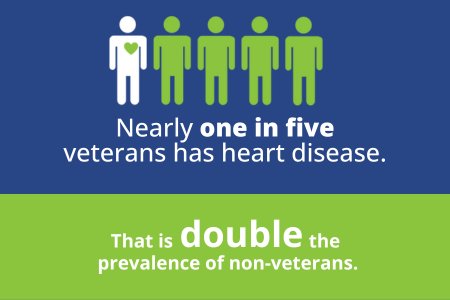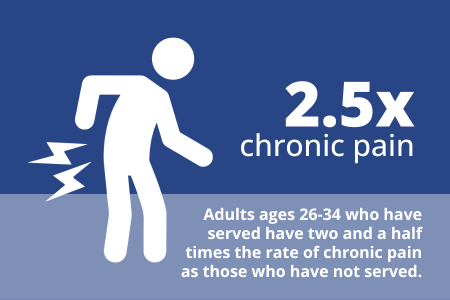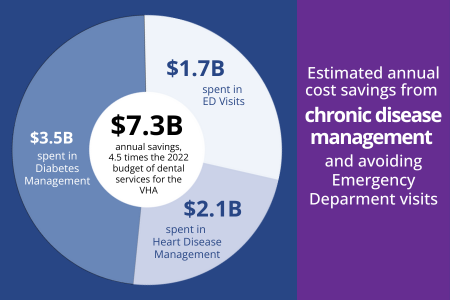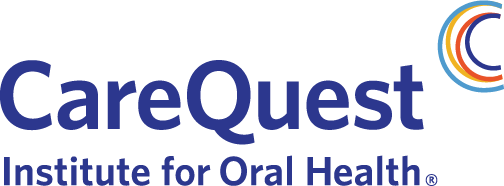About the Data
Data Sources
Oral Health
- Behavioral Risk Factor Surveillance System (BRFSS) is a state-based, ongoing telephone survey conducted by the Centers for Disease Control and Prevention (CDC) in the United States. It collects data on various health-related behaviors, chronic conditions, and preventive health practices among adults. Data were weighted using the BRFSS multi-stage, complex sampling approach to ensure the representation of non-institutionalized U.S. adults.
- Medical Expenditure Panel Survey (MEPS) is a large-scale set of surveys designed to provide national data on cost and utilization of healthcare and health insurance coverage.
- National Health Center Program Uniform Data System (UDS) is an integrated reporting system for the Health Resources and Services Administration (HRSA). Data are analyzed and used to improve the health of underserved communities and vulnerable populations.
- Veteran Oral Health Survey, 2021 a survey conducted by the American Institute of Dental Public Health (AIDPH) and the CareQuest Institute for Oral Health (CQI) of over 2,000 veterans nationally. Survey aims included the following: (1) explore differences in dental care access based on rurality, (2) highlight differences in oral and overall health outcomes among rural veterans, (3) compare the costs of care based on rurality, and (4) provide data-driven recommendations for improving veteran oral and overall health.
Veteran Oral Health Dashboards
Oral Health Indicators Dashboard
- Data were sourced from the Behavioral Risk Factor Surveillance System (BRFSS), 2018.
- Questions related to oral health indicators (heart disease, diabetes, dental visit, and tooth loss) were explored for veterans and non-veterans alike.
- Using four interactive Tableau maps, this dashboard provides state-level data on the likelihood that a veteran would experience a specific oral health indicator compared to a non-veteran.
Community Clinic Insights Dashboard
- Data on community clinics (Federally Qualified Health Center (FQHC) and Veterans Health Administration (VHA)) were sourced from the National Health Center Program Uniform Data System (UDS)Data, Health Resources and Services Administration (HRSA).
- Community Clinics: An interactive Tableau map and dropdown menu provide FQHC and VHA information at the local-level.
- Data on oral health service utilization and out of pocket expenditures were sourced from the Veteran Oral Health Survey, 2021.
- Oral health service utilization: A frequency distribution of veterans who have or have not visited a dentist within one year and within five years were reported.
- Out of pocket spending: A frequency distribution of out of pocket spending were reported by state as follows:
- Less than $500 per year
- $500 to $999 per year
- $1,000 to $1,999 per year
- $2,000 to $2,999 per year
- Over $3,000 per year
Medical Costs Dashboard
- Data were sourced from the Agency for Healthcare Research and Quality, Medical Expenditure Panel Survey (MEPS), Household Component, 2019.
- Data on medical care expenditures, self-pay, delayed care, and affordability were reported for veterans and non-veterans.
- Customized search options were provided to compare data by age, sex, and national region.
Dental Costs Dashboard
- Data were sourced from the Agency for Healthcare Research and Quality, Medical Expenditure Panel Survey (MEPS), Household Component, 2019.
- Data on dental care expenditures, self-pay, delayed care, and affordability were reported for veterans and non-veterans.
- Customized search options were provided to compare data by age, sex, and national region.
Rural Health Dashboard
- Data on rural and non-rural veterans were sourced from the Veteran Oral Health Survey, 2021.
- Questions related to self-reported dental health, physical and oral health concerns, dental visit frequency, military insurance utilization, access to healthcare, and barrier to care questions were explored and reported for veterans and non-veterans alike.
Definitions
Oral Health Indicators Dashboard
- Heart Disease: Respondents reported “yes” to being told by a doctor, nurse, or other health professional that they had any of the following: heart attack (also called myocardial infarction), angina or coronary heart disease, or stroke.
- Diabetes: Respondents reported “yes” to ever being told by a doctor, nurse, or other health professional that they had diabetes.
- Dental Visit — refers to the odds of the last dental visit being at least 5 years ago
- Tooth Loss — refers to the odds of edentulism (having lost all teeth)
Community Clinic Insights Dashboard
- Out of Pocket Spending by State: Respondents reported spending, on average per year, from the following options: less than $500, $500-999, $1,000-1,999, $2,000-2,999, and over $3,000.
- VHA: Veterans Health Administration
- FQHC: Federally Qualified Health Center
Medical Costs and Dental Costs Dashboards
- Weighted Estimated Count: Analyses accounted for BRFSS multi-stage, complex sampling approach to ensure the representation of non-institutionalized U.S. adults
- Region: States were compiled into regions determined by the Census Bureau: Region 1 (Northeast), Region 2 (Midwest), Region 3 (South), and Region 4 (West).
Rural Veterans Dashboard
- Self-Rated Dental Health: Dental health was self-reported by respondent as excellent, very good, good, average, or poor.
- Average Number of Physical Health and Oral Health Concerns: Physical health indicators included mouth cancer, diabetes, heart disease, depression/anxiety, post-traumatic stress disorder (PTSD), asthma, and dementia/Alzheimer’s. Oral health indicators included dry mouth, tooth/mouth pain, cavities, difficulty eating/chewing, bleeding gums, jaw pain, tooth staining, and broken/cracked teeth.
- Frequency of Dental Visit: Frequency options were never, as needed, every 6 months, every year, and once every 2 years.
Data Limitations
BRFSS data is not weighted by veteran status. Additionally, not all respondents provided their veteran status. Those with unknown veteran status were not displayed in the dashboard graphics but were included in totals. BRFSS responses are collected by phone, so only households with a landline or cellular phone can participate. BRFSS data does not include adults on active duty in the Armed Forces or those residing in institutions such as mental health facilities, long-term care facilities, or prisons.
Although the AIDPH/CQI Veteran Oral Health Survey was disseminated in collaboration with veteran service organizations and military partners, survey results are not representative of all veterans in the nation. Selection bias may have also influenced respondent participation, and there were relatively low response rates by rural veterans.
Use Data to Tell a Story



“Dental care is vital for us veterans that have disability designations but not 100%. We should have access to dental care even if at a discounted rate. It is critical to our health and I know my mouth situation affects me greatly.”
– Working-Age Veteran from Massachusetts

